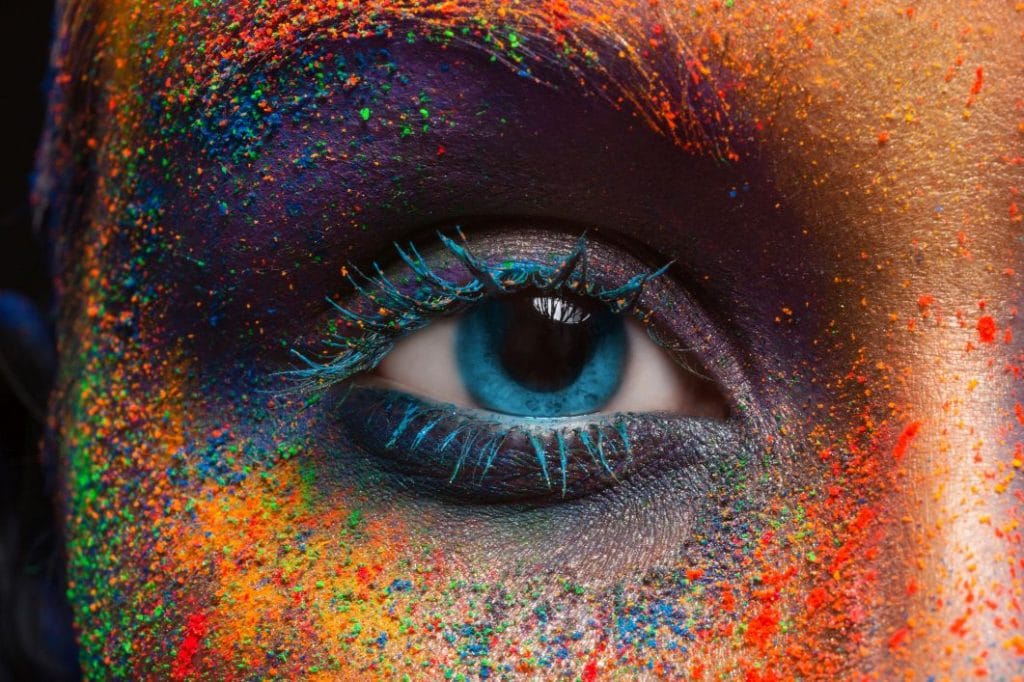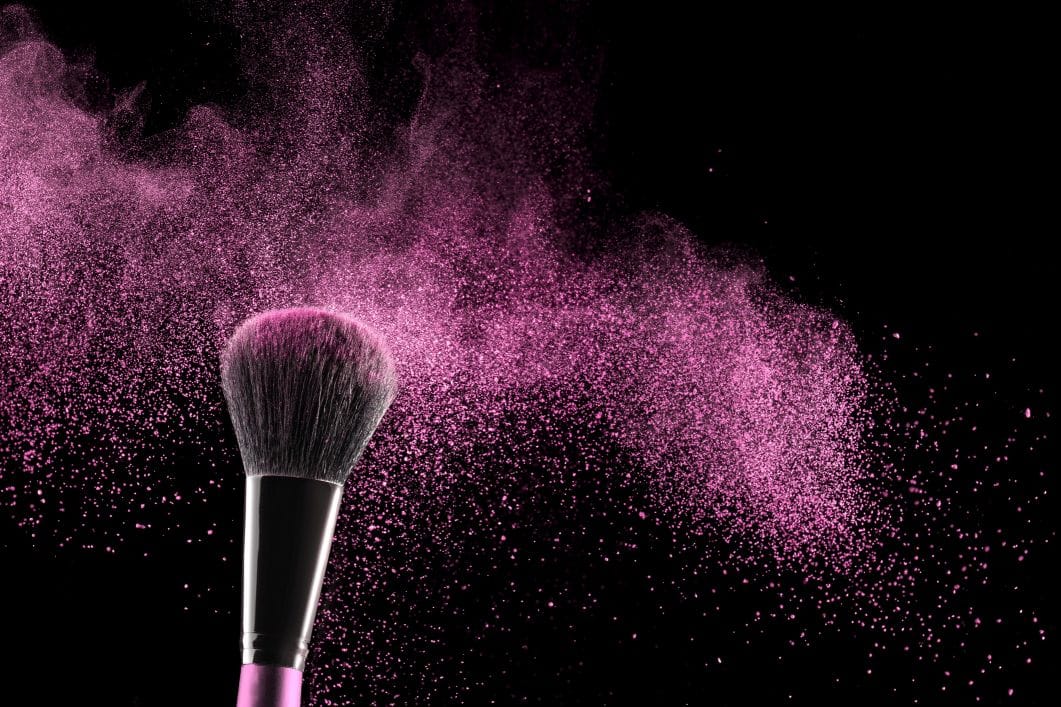


Rochelle Rebello
In this article we look at two key beauty industry categories, cosmetics and skin care, and the factors contributing to shifts that are changing the face of the market.
When you think of industries being disrupted by technology and changing consumer tastes, you probably don’t immediately think of the beauty industry. For as long as most of us can remember, cosmetics and skin care has been dominated by a group of well-known global brands offered primarily within the department store environment and operated by powerful corporations such as Proctor & Gamble, Unilever and L’Oréal.
But the beauty industry behemoths were under siege from tech-savvy and socially conscious new entrants well before a global pandemic began roiling the world in early 2020. In the post-pandemic era, the conflict between the fashionable upstarts and well-resourced dowagers will only intensify.
The big business of beauty
Definitional vagaries can make it difficult to quantify the size of the beauty industry, but there’s no doubt it’s enormous. Common Thread Collective estimates global sales of US$483 billion in 2020 and predicts that, with an annual growth rate of 4.75%, total revenue in the beauty industry will exceed US$716 billion by 2025.
The battle is joined
In recent years, players such as Sephora have captured market share from department and other stores through a focused retail presence, as well as a strategy focused on competitive pricing and wide selection across entry, mid-market and high-end offerings. Additionally, the retail environments and experiences they have created via their execution of extensions at other larger retailer locations, as well as their compelling presence online, have served to shape evolving customer expectations for their cosmetics and skin care purchase interactions.
Circa 2014-2015, direct-to-consumer (DTC) cosmetics brands began gaining traction. The majority of these were, and continue to be, marketed and sold online. With a focus on quality over price and a commitment to delivering a new type of personalised experience that distinguished them from store brands, some of these brands have succeeded spectacularly. Among this new breed of cosmetics were innovative, entrepreneur-backed brands such as Kylie Cosmetics. This business was co-founded by Kylie Jenner in 2014 and began selling lipstick and lip liner in late 2015. (A mere three years later, Forbes valued the company at US$800 million.)
In 2014, Australian media identity Zoë Foster Blake launched the DTC skin-brand Go-To. By the time Foster Blake sold a majority share of her business for A$89 million (US$64 million) in 2021, four of the top-ten-selling beauty products being sold on Mecca in Australia were Go-To ones.
Seeing the potential of companies launched by the Jenners and Foster Blakes of the world, some venerable brands and manufacturers have acquired promising DTC businesses. Other incumbents have attempted to beat the new market entrants at their own game. For instance, L’Oréal has focused on its own incubator to gather and provide insights from people’s interactions with personalised makeup, devices and tailored skin care offerings. L’Oréal has also been a leader in implementing new technologies – via its acquisition of beauty tech start up Modiface in 2018 – to engage consumers with its product offerings. Others in the industry have followed suit, enabling customers to use augmented reality to see how products will look on their face before committing to an online purchase.

The impact of COVID
With department and specialty cosmetics stores closed for months or encumbered by mask-wearing mandates and capacity restrictions, COVID-19 accelerated industry disruption and innovation. Deprived of their ability to visit stores, Australian women engaged more with ‘subscription boxes’, such as those sold by Peony Parcel, Bondi Wash, Nourished Life and Blissful Boxes, which are home-delivered and tailored to end-user preferences. Such offerings have proven popular during the pandemic, further illustrating a new mindset among many cosmetics consumers regarding the type of relationship they now want to have with the products they buy and the companies that create them. The stickiness of these subscriptions is also delivering the potential for greater lifetime customer value and predictable revenue. (Even before the pandemic, data collected on women’s preferred destinations for their cosmetics purchases demonstrated the mounting traction online marketers and their brands had already achieved.)
Unsurprisingly, with women spending much less time out in public and much more time wearing masks and washing their hands, cosmetic sales fell while skincare sales rose whenever and wherever lockdowns were implemented. The ‘lipstick effect’ (i.e. women buying relatively cheap beauty products to lift their spirits during economic downturns) appears to have been supplanted by the ‘lip balm effect’. This has seen women of all ages, income levels and ethnicities in many countries pampering themselves with skincare products during seemingly never-ending lockdowns.
The pandemic seems to have accelerated the mounting, pre-COVID trend of beauty care customers being more focused on the quality, suitability and effectiveness of products and the ingredients they apply to their skin type. Many retailers have increasingly shifted to communicating the ‘clean beauty’ attributes of their offerings as a differentiator (rather than competing on price).
Woke warpaint
Consumers – particularly those in the Millennial and Gen Z age ranges – are increasingly focused on the social responsibility initiatives brands support. For these customers, makeup containing organic sun protection ingredients may not be enough to drive purchase and loyalty unless the brand also has a commitment to skin cancer prevention, or some other cause consistent with the customer’s personal beliefs. As a result, communicating this good corporate citizenship in labelling, as well as via marketing efforts directed to both buyers and those who influence them, is critical.
Winning over influencers is crucial because consumers of beauty products often find out about new brands or products via recommendations, social media commentary, expert blogger posts and celebrity endorsements. In fact, almost one in two say that they are motivated to purchase products online based on reviews from other consumers, according to data from GWI research. In Australia, as in similar countries, a disproportionate proportion of the most successful social media influencers are attractive young women (Wengie, Lauren Curtis, Chloe Morello) who dispense beauty advice.
The trend of beauty brands promoting diversity has continued through the COVID period. Fenty Beauty by Rhianna, with its ‘Beauty for All’ positioning, is probably the best known of the new diversity champions. Fenty beauty offers 40 distinct shades and has social media messaging focused on inclusion that has resonated with its target audience.
Down under, African-Australian Maeva Heim found success after launching a range of hair care products aimed at non-Caucasians in 2020. These products are made with Australian native ingredients and targeted at the growing proportion of Australians with curly-kinky hair. Heim once worked at L’Oréal and Procter & Gamble. She was motivated to launch her own business because “big conglomerates were owned by men, but speaking to women. I felt we needed more female CEOs, more CEOs of colour, to see a shift in product and messaging”.
Conserving Beauty, launched in late 2021, is Australia’s first waterless beauty brand. Its founder’s motivation? To do her bit to help solve a “global water crisis”. Big players, such as L’Oréal, are yet to go waterless but are attempting to lower their ‘water footprint’. (With the global market for natural cosmetics projected to reach US$54.5 billion by 2027, the growing impact of clean, natural, organic and environmentally friendly cosmetics on the market is clear.)

Hilco’s recommendations
While there have been no notable acquisitions by big beauty industry players from 2020-2021, some well-established businesses have bought early stage and niche start-up companies. This relative lack of acquisition activity is not surprising as most would-be buyers are waiting out the uncertainty and focusing on driving their businesses forward via more robust DTC, digital and omnichannel efforts.
For now, Hilco advises that lenders continue to monitor the impact of the pandemic, particularly given the continuing concern over the emergence of new Coronavirus variants. Though brick-and-mortar stores still account for a significant portion of overall sales in cosmetics and skin care, e-commerce sales have been increasing. A robust digital infrastructure will be imperative for beauty care retailers moving ahead. Lenders should remain well informed as to both the state of those capabilities among their portfolio businesses as well as any terms and renewal requirements pertaining to the ownership, control and use of that IP and how those would likely impact NOLV in a liquidation.
There is significant pressure on cosmetics and skin care margins. Lenders should keep an eye on this performance as a decline in margins normally suggests a potentially lower recovery in the event of a liquidation sale. Additionally, companies turn over a portion of product each year as they continually update to stay abreast of fashion trends. This can impact the level of discontinued product, which can impact recovery values. Hilco recommends lenders monitor discontinued and slow-moving products closely to ensure their portfolio companies remain proactive in selling through these inventories and adequate reserves are in place.
While this article has not directly referenced the fragrance market, it has noted the power of celebrity brands. Many fragrance manufacturers and wholesalers have established license agreements for celebrity fragrances. While these brands often perform well when the celebrity is ‘hot’, when sales for these brands do slow, it tends to happen quickly. Hilco recommends lenders monitor all new fragrance launches and existing products with strong celebrity links to ensure they are meeting planned sales. The licensing agreements associated with these relationships normally include restrictive terms, including but not limited to, channels of distribution, as well as royalty fees and minimum annual royalty payment amounts. Lenders and legal counsel should understand any restrictive terms and confirm that assumptions considered in projected NOLVs are reasonable in the current market.
Hilco APAC can assist your businesses, or a business in your portfolio, in better understanding and addressing considerations pertaining to the strategic disposition, acquisition and maintenance of both tangible and intangible assets across the beauty industry. Whether you are simply seeking some added perspective or require counsel or assistance with a current undertaking, we encourage you to reach out to us during this complex period for the industry.

Rochelle has forged a career as a Retail inventory specialist over 18 years across auctions, marketplaces, eCommerce and Retail, locally and internationally. Having worked for both high growth start-ups and Australia’s largest retail corporations, Rochelle has seen the myriad of challenges faced by Retailers in complex inventory environments.
As Director, Wholesale at Hilco Global, Rochelle translates this expertise in buying, sourcing and trading, offering clients strategies that can be deployed immediately in solving inventory challenges at scale.

Rochelle Rebello, Hilco APAC Director for Wholesale
Rochelle Rebello is the founder of Rebello Retail Consulting and has 16 years’ experience in excess stock, liquidation and surplus inventory buying.